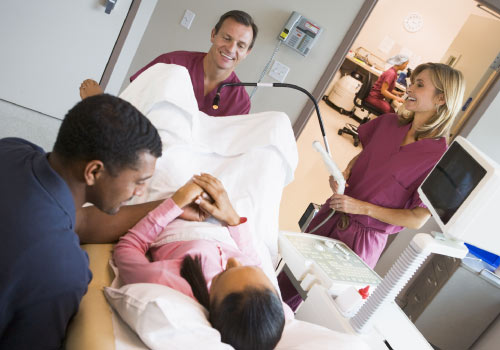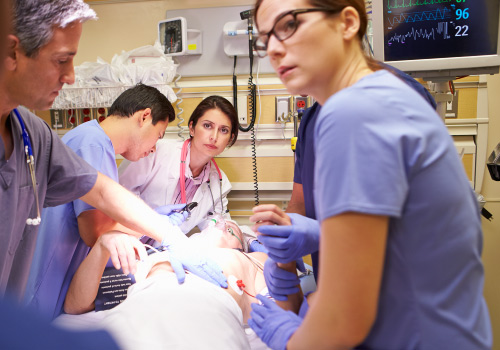
Upon completion of the course the participant will be awardedup to 20.0 AMA PRA Category 1 Credits™, or 20.0 AOA Category 1-B credits from Michigan State University College of Osteopathic Medicine.
Available Modules for Maternal Safety Program
* Modules included in the Emergency Personnel program.
** Completing the Fetal Well Being course allows one credit which may be applied to the yearly certification many facilities require.
Upon successful completion of the nineteen modules the participant will undergo
Maternal 911 in Action for simulation and knowledge building.



The emergency personnel will complete the first eight modules in the 20 module course. Once completed, eight (of the twenty) 20.0 AMA PRA Category 1 Credits™ , or 20.0 AOA Category 1-B credits from Michigan State University College of Osteopathic Medicine.
Short Course for Emergency Personnel

Upon successful completion of the eight modules the participant will undergo
Maternal 911 in Action for simulations and knowledge building.
Quick Course

Our Quick Course from Maternal 911 Education System is a specialized and focused educational program designed to meet the unique needs of emergency department teams. This course includes two modules from our Maternal 911 Education System: Hypertension in Pregnancy and Postpartum Hemorrhage.
